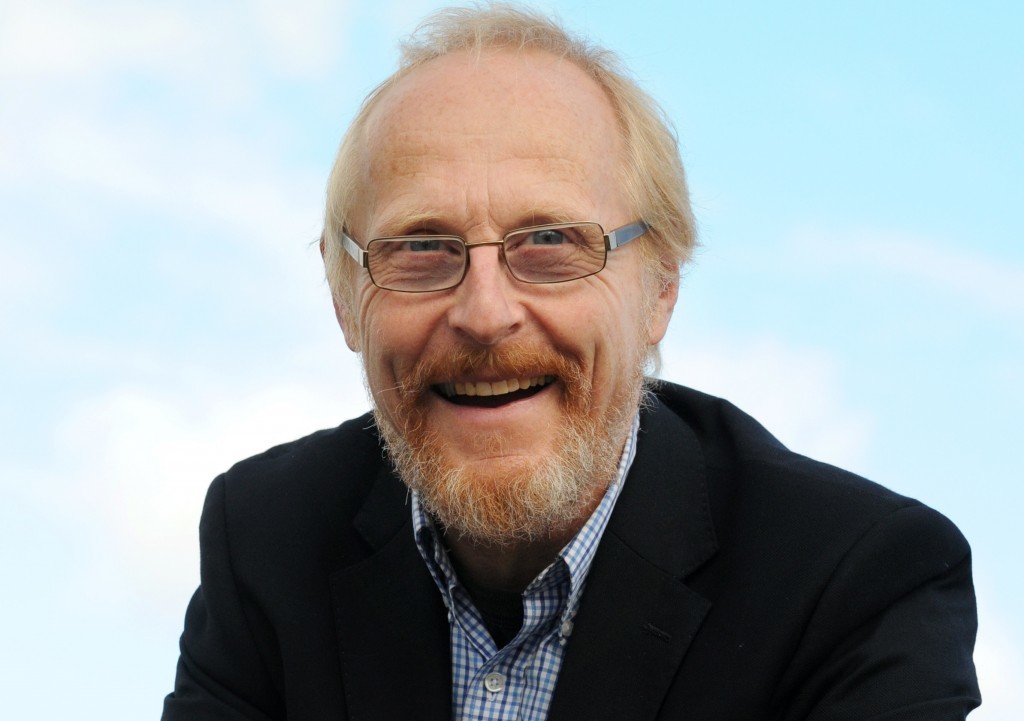
A terrific deal!
And not only that, the $3.8billion deal transaction is between Shell and a UK independent with an established track record, the chief executive of which has an even longer track record on the UKCS.
It may come as a surprise to the oil & gas community here in ABZ but I am advised that “it was well known in London”.
Given that Chrysaor is bankrolled by EIG Global Equity Partners through Harbour Energy, little wonder the City knew.
When one considers that the two most notable UKCS transactions of recent months have been with privately financed UK independents – the other is Siccar Point’s acquisition of OMV’s portfolio in a number of high-grade assets – I believe such deals tell us that the North Sea ain’t done yet, not by a long chalk.
And in today’s increasingly lunatic geo-political world, this is really important for Britain, whether we choose to realise it or not.
Strong independents rooted in these islands and not outsiders from wherever else around the globe are to me the best bet for the future.
That is aside from European majors such as BP or Shell or relative newcomer Statoil or Total, and a scatter of other companies from elsewhere such as American super-independent Apache and, I suppose, Nexen, even if it is Chinese-owned.
There is of course a danger that some will interpret the deal with Chrysaor in some way signalling Shell’s exit from our waters. To put that sort of interpretation on this transaction would be wrong.
Rather, it is the long anticipated cleaning up of the heritage BG Group assets portfolio, bearing in mind that it was April 2015 when Shell agreed its £35billion takeover of the aforementioned.
The deal completed a year ago at which point analysts declared that Shell would struggle to sell some $30billion of BG assets as they were weeded out. And that included a significant number of UKCS interests, some of which BG had been trying to get shot of for some time anyway.
For example, it was reported in July 2014 that the company had hired Rothschild in an advisory role in order to restructure its portfolio with plans to sell the Armada, Everest and Lomond fields, for example.
Most of the assets being sold to Chrysaor are heritage BG, including Buzzard, Elgin-Franklin, the Greater Armada cluster, Everest, Lomond and Erskine.
I’m intrigued by the Beryl disposal.
In October 2012, Shell announced the signing of an agreement with Hess Corporation to acquire its interests in the Beryl area fields and the Scottish Area Gas Evacuation System (SAGE), for $525million.
Beryl was by then operated by Apache, which could see a far longer anticipated lifetime than originally thought, perhaps around 20 years.
Shell appeared to have a choice; either raise its stake or get out. So it opted to have a go at lifting its share of production from about 9,000bpd to 24,000bpd.
More than four years on and with a major oil price slump along the way, the situation for Shell has clearly changed. But I’m curious that Chrysaor is taking on the Beryl stake and not Apache, despite apparently improved performance including on the satellites exploration front.
As for Statoil-operated Bressay; nothing’s going to happen there for a long time, so no point Shell’s staying in that particular game.
But what about Phil Kirk and Chrysaor?
Read: Chrysaor boss eyes further growth after Shell deal
I encountered him during the recovery from the late 1990s slump when he was with CH4 Energy, which he had co-founded in 2002 with 3i backing. Aside from Kirk, the core protagonists were Mark Routh and Francis Gugen.
All were ex-Amerada Hess and their aim was to invest in gas reserves and infrastructure in the North Sea. In 2006, CH4 was sold for £160million to Venture Production in which 3i also had a major role in creating.
And so the enterprising Kirk then went on to found Chrysaor Holdings in 2007 at which point he had a particular fascination for West of Shetland stranded assets.
In January 2008, he shared with me his plans for just such a discovery named Solan.
Kirk told me at the time: “We’re looking to drill an appraisal well in July this year, really to firm up volumetrics and reservoir quality with a view to moving rapidly towards development, either as a standalone or a potential tieback to infrastructure in the area.
“We’re drilling with Senergy. We have our own drilling manager and it should be a 35-40-day well in summer assuming good weather.
“On Solan there are two discoveries, though a number of wells have been drilled off structure and another well on the underlying Strathmore field too.
“Compared with Solan, while Strathmore has always been seen as the larger prize, it is a more challenging reservoir and crude qualities are difficult.”
He said then too that, if appraisal work demonstrated commerciality, Solan could yet become a satellite tie-in to Foinaven/Schiehallion infrastructure. Moreover, a conversation had been started with BP.
“It would be nice if Solan was part of those plans. But we’ll just have to see what decisions BP makes; then we can have a further discussion,” Kirk told me.
That was not to be, and for a variety of reasons perhaps.
Things moved on and, in May 2011, Premier Oil took a 60% stake in the by then proposed development of Solan. Later, in June 2015, PMO acquired the remaining 40%, so taking total control and completing the field’s development based on a steel jacket platform and subsea storage unit.
While Premier is clearly struggling with Solan and may never make any money out of it, Chrysaor’s founder/CEO has gone on to far bigger things.
Captain Kirk, you are to be congratulated for showing such enterprise!